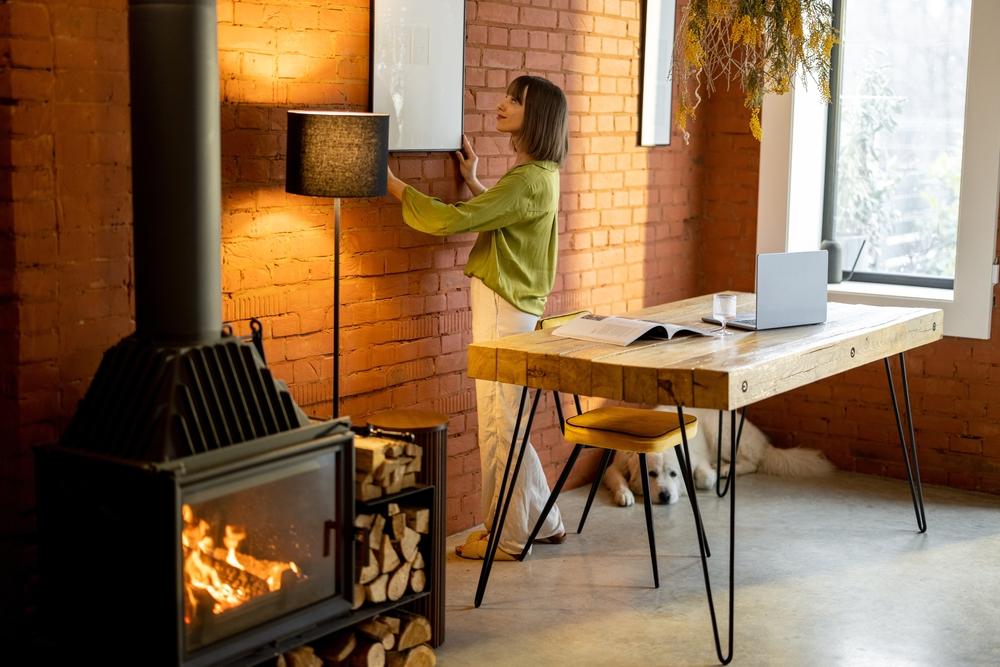Levels are one of the most important instruments used in the construction industry; carpenters, masons, bricklayers, metalworkers, and handymen couldn’t do their job without one. Some photographers swear by them, too (the best tripods include a bubble level).
There are many to choose from, and you may need to add more than one to your workshop. In a pinch, you can use a measuring cup filled with water to level a shelf that you are hanging, but let’s try to avoid that.





